When Disney’s Zootopia hit theaters in 2016, it captivated audiences with its vibrant world where anthropomorphic mammals live together in a modern society. Beyond its entertaining storyline and clever animation, the film is remarkable for its grounding in real animal biology, behavior, and ecology. The creators conducted extensive research at wildlife parks and consulted with zoologists to ensure the animal characters displayed authentic traits despite their humanized presentation. This article explores the fascinating real-world science behind Zootopia’s animal kingdom, revealing how the filmmakers brilliantly balanced entertainment with educational content about the natural world.
The Meticulous Research Process

Disney’s animation team didn’t simply guess how different animals might behave in their anthropomorphic world. Directors Byron Howard and Rich Moore led a team on a 15-day research trip to Africa, visiting Kenya and observing animals in their natural habitats. The team studied movement patterns, social interactions, and environmental adaptations of various species.
They also spent considerable time at Disney’s Animal Kingdom and consulted with zoologists from various institutions to understand anatomical details and behavioral traits. This research influenced everything from the way characters move to the design of the different environmental districts in the city of Zootopia. The team even studied animal fur at a microscopic level to accurately render the 64 different animal species featured in the film.
Mammalian Scale and Proportions
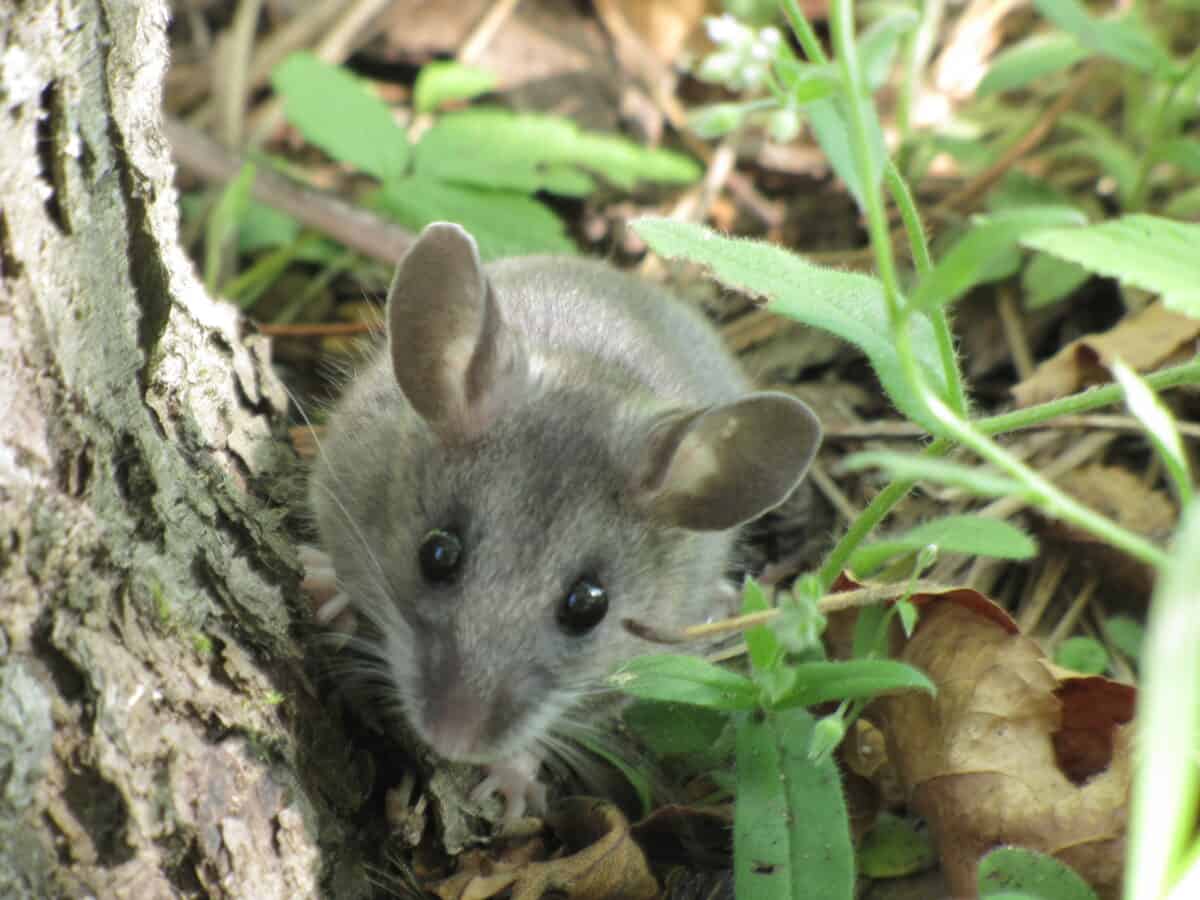
One of the most impressive aspects of Zootopia is how it maintains relative size differences between animal species while still allowing them to interact in practical ways. In reality, a mouse like Zootopia’s Assistant Mayor Bellwether would be impossibly tiny next to a buffalo like Chief Bogo. The animation team created what they called a “scalable city,” where infrastructure accommodates both the largest elephants and the tiniest shrews.
While they compressed the size ratio somewhat (a real elephant is about 100,000 times the mass of a shrew, while in Zootopia this ratio is reduced), they maintained enough difference to highlight the diversity of mammalian species. This attention to relative scale created both comedic moments and plot points, such as the scenes in Little Rodentia where Judy appears gigantic compared to the mouse residents.
Predator-Prey Dynamics
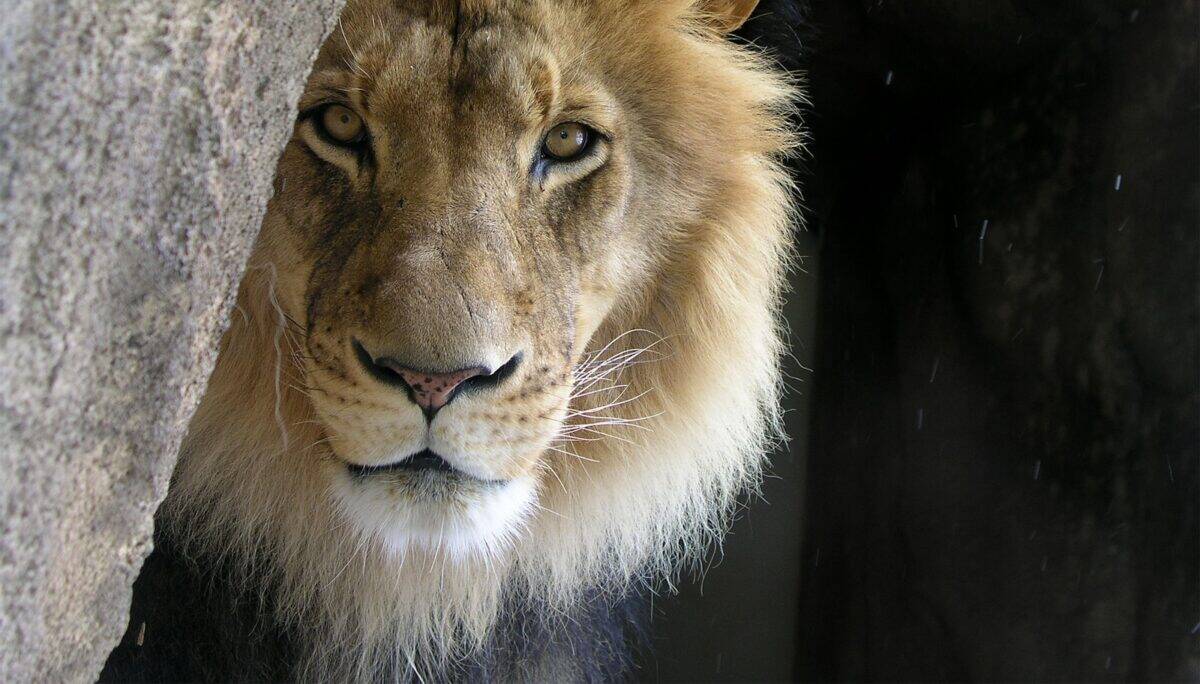
At its core, Zootopia explores the evolutionary relationship between predators and prey—a fundamental concept in ecology. In the natural world, this relationship has shaped the evolution of countless adaptations: prey species developed speed, camouflage, or defensive mechanisms, while predators evolved keen senses, stealth, and hunting strategies. The film’s central tension stems from the historical reality of this biological relationship, even though the modern Zootopia society has supposedly moved beyond these instincts. The “savage” predators in the movie revert to behaviors we would recognize in their wild counterparts—moving on all fours, stalking, and displaying hunting behaviors documented in real predatory mammals. This predator-prey dynamic serves as an allegory for social tensions, but it’s firmly rooted in biological reality.
Nocturnal Adaptations of Nick Wilde
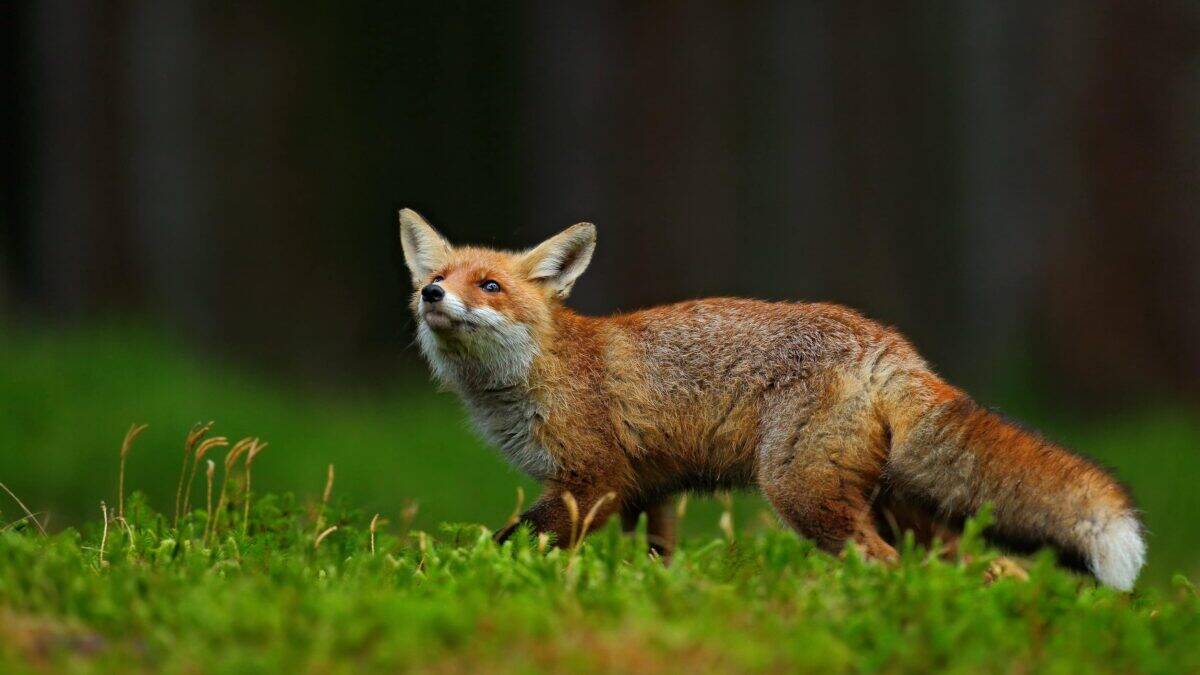
Nick Wilde, the con-artist fox, displays several accurate vulpine traits. Real red foxes are primarily nocturnal, with specialized night vision adaptations. The film accurately depicts Nick’s excellent night vision in the museum scene, where he navigates easily while Judy struggles to see. Foxes have vertically slit pupils that can open wide in darkness and close to tiny slits in bright light—a feature subtly incorporated into Nick’s character design. Additionally, foxes possess a reflective layer behind their retinas called the tapetum lucidum, which enhances available light and causes the eyeshine effect seen in many nocturnal animals. While Nick’s personality is anthropomorphized, his sensory capabilities remain true to his species’ biological adaptations.
Judy Hopps and Rabbit Biology

Judy Hopps embodies numerous accurate leporid (rabbit) traits that enhance her character. Her powerful hearing isn’t just a character quirk—rabbits can rotate their ears independently to locate sounds with remarkable precision, a survival adaptation that allows them to detect predators. The film also references rabbits’ reproductive capacity when Judy mentions her 275 siblings, reflecting the high reproductive rate that is an evolutionary strategy in prey species.
Rabbits’ powerful hind legs give them impressive jumping abilities, which Judy demonstrates throughout the film. Even her twitching nose, while subtle, reflects real rabbit behavior; rabbits constantly move their noses to sample air scents, processing up to 120 breaths per minute compared to a human’s 12-15. These biological details add authenticity to her character while serving the narrative.
The Science of Sloths

The DMV scene featuring sloths is perhaps one of the film’s most memorable moments, and it’s rooted in scientific accuracy. Flash and his fellow sloth workers move at an excruciatingly slow pace, mirroring their real-world counterparts. Three-toed sloths are among the slowest mammals on Earth, moving at approximately 0.15 miles per hour.
This slowness stems from their extremely low metabolic rate—they possess the slowest digestion of any mammal, taking up to a month to digest a single meal. Their slow movement is an energy conservation strategy related to their leaf-based diet, which provides little caloric value. While real sloths aren’t actually as delayed in their speech as portrayed in the film, their overall torpid nature is authentically represented, creating both biological accuracy and comedic genius.
Environmental Adaptations in Zootopia’s Districts

Zootopia’s distinct city districts brilliantly represent different global biomes and the environmental adaptations of their mammalian inhabitants. Tundratown showcases cold-weather adaptations found in Arctic species like polar bears and wolves, including thick fur, insulating fat, and compact extremities that reduce heat loss. The Rainforest District mirrors tropical environments where diverse species have evolved adaptations for high humidity and dense vegetation.
Sahara Square represents arid regions where animals have developed water conservation mechanisms and heat tolerance. These districts aren’t merely aesthetic choices—they represent the evolutionary process of adaptive radiation, through which mammals have colonized virtually every habitat on Earth. The city’s climate walls that maintain these different environments might be fictional, but the adaptations of the animals to their preferred conditions are firmly grounded in evolutionary biology.
Mr. Big and Shrew Biology

The character of Mr. Big, the Arctic shrew crime boss, combines comedic irony with surprising biological accuracy. Real Arctic shrews (Sorex arcticus) are among the smallest mammals but are known for their surprisingly aggressive nature and voracious appetites. They must eat nearly three times their body weight daily to sustain their extraordinarily high metabolic rate—the highest of any mammal.
Their aggressive temperament stems from this constant need for calories; they simply cannot afford to back down from a potential meal. Mr. Big’s fearsome reputation despite his tiny size reflects this disproportionate ferocity found in actual shrews. While real shrews don’t run organized crime syndicates, their territorial and aggressive nature makes them formidable predators within their ecological niche, consuming insects, small vertebrates, and even occasionally attacking animals larger than themselves.
Social Structures Among Mammals

Zootopia cleverly incorporates various mammalian social structures into its urban society. The wolf security guards at Cliffside Asylum demonstrate pack behavior when they join in a group howl—a genuine wolf communication behavior that helps maintain pack bonds. The organized crime family structure of Mr. Big’s operation mirrors the close family bonds often found in Arctic mammals that must cooperate to survive harsh conditions.
Even the police department hierarchy, with its dominant buffalo police chief, reflects herd structures found in bovine species. The film takes these natural social tendencies and extrapolates them into human-like social institutions. While anthropomorphized significantly, these social structures retain cores of biological truth about how different mammal species naturally organize themselves—from the solitary tendencies of foxes like Nick to the communal living of rabbits like Judy.
Communication and Vocalizations
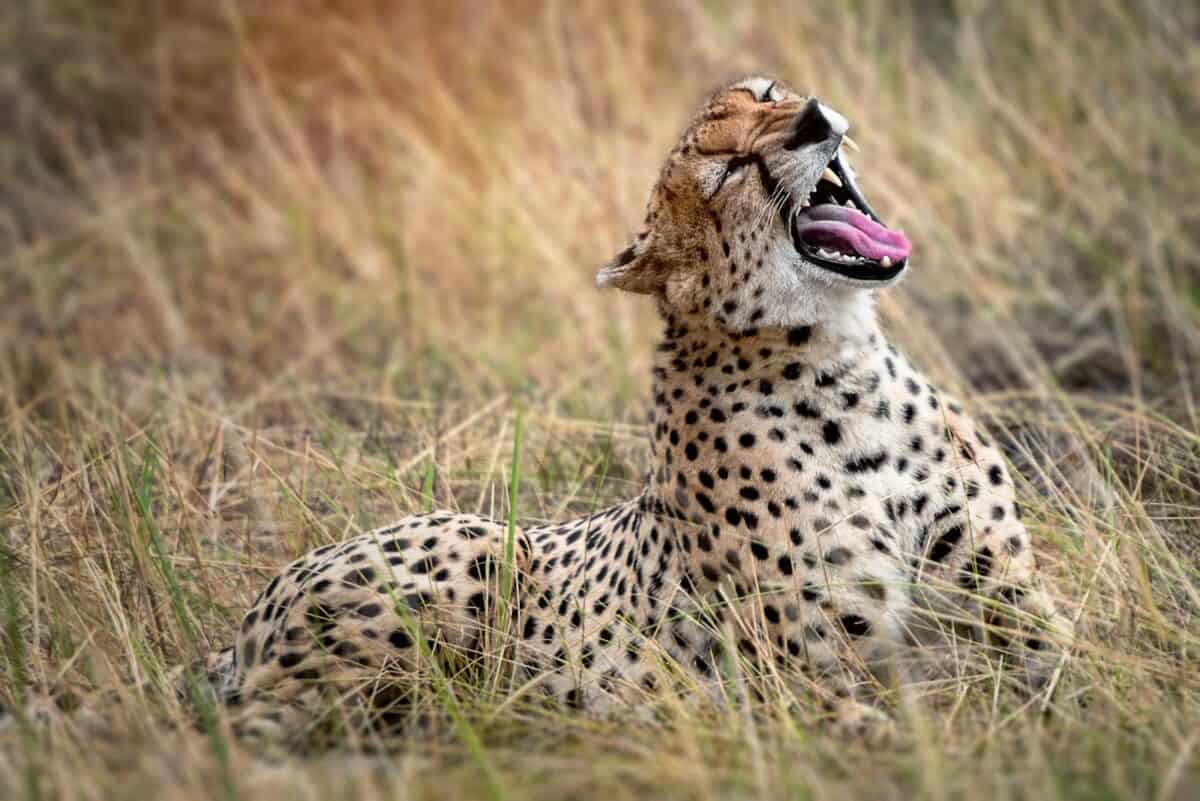
The varied vocalizations in Zootopia reflect the diverse communication methods used by mammals in the wild. While all characters speak English for storytelling purposes, the film incorporates species-specific sounds that add biological authenticity. Officer Clawhauser’s excited squeals mirror the high-pitched vocalizations cheetahs use to communicate with each other.
The wolf howling contagion is a documented phenomenon; in real wolf packs, howling often triggers a chorus response. The film even acknowledges the ultrasonic hearing range of certain species—when Judy’s parents call her, the younger rabbit siblings react to the high-pitched ring before Judy does, reflecting the broader hearing range of leporids. These subtle audio details demonstrate the filmmakers’ commitment to incorporating genuine animal communication behaviors into their anthropomorphic world.
Dietary Adaptations and Food Chains
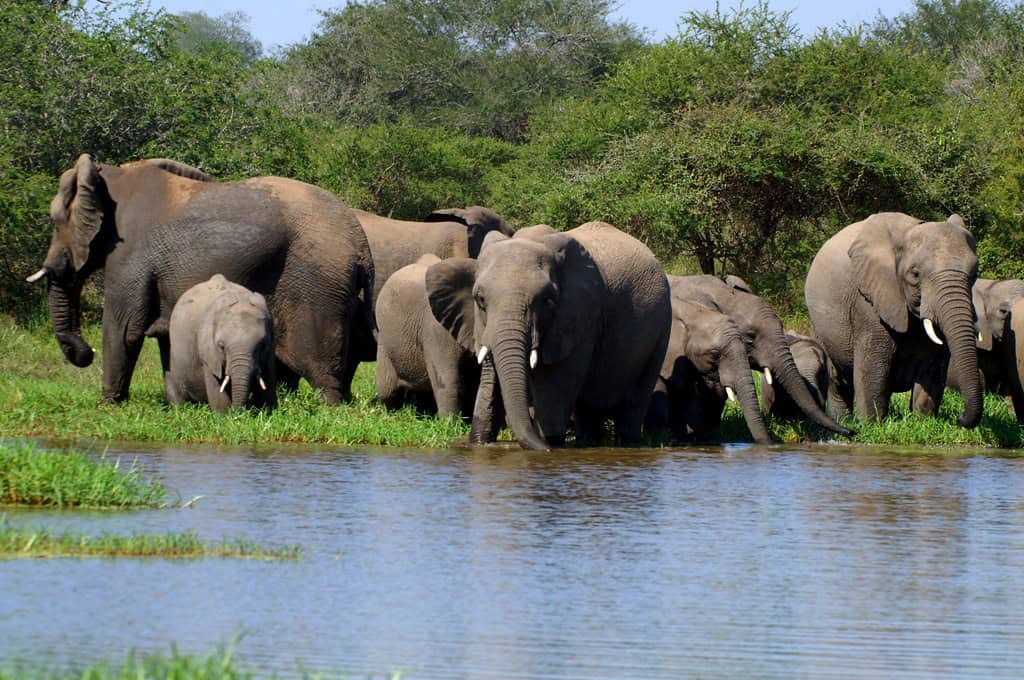
Zootopia cleverly addresses the challenging question of what carnivores would eat in a civilized society where consuming other mammals is taboo. The film shows predators consuming insect-based protein alternatives like “cicada burgers” and “cricket bars”—a scientifically plausible solution that mirrors real-world explorations of insect protein as a sustainable food source.
The ice cream parlor operated by elephants acknowledges the herbivorous diet of pachyderms while showing their preference for foods high in calories and sugar—reflecting wild elephants’ attraction to fruit. When Judy offers Nick a carrot during their investigation, his reluctance subtly acknowledges the omnivorous but meat-preferring diet of foxes. These dietary references maintain biological realism while navigating the film’s premise of a society where all mammals coexist peacefully. The film’s attention to these details creates a world that respects the evolutionary dietary adaptations of different mammalian orders.
Conclusion: Where Entertainment Meets Education

Disney’s Zootopia stands as a remarkable achievement in blending entertainment with educational content about the animal kingdom. By grounding their anthropomorphic characters in biological reality, the filmmakers created a world that feels both fantastical and authentic. The film’s attention to details like scale differences, sensory adaptations, behavioral traits, and environmental preferences demonstrates how art can effectively communicate scientific concepts while telling an engaging story.
For young viewers especially, Zootopia serves as an introduction to biological concepts like adaptation, predator-prey relationships, and biodiversity. While the film uses these animal characteristics to explore social themes, it never loses sight of the fascinating biological realities that inspired its diverse cast of characters. Zootopia reminds us that the real animal kingdom is just as fascinating as any fictional world we could imagine.
- This Fish Has the Most Teeth in the Ocean—And Uses Them Well - August 9, 2025
- How Wolves Use Group Howls to Reunite With Pups - August 9, 2025
- 12 Dog Breeds That Form the Deepest Emotional Bonds with Their Owners - August 9, 2025

